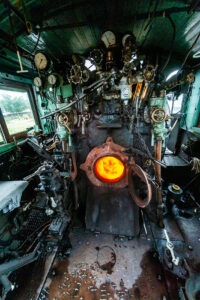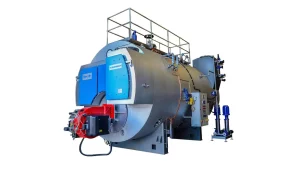Pressure gauges are essential tools in various industries, ensuring accurate measurement and monitoring of pressure in systems ranging from manufacturing to medical applications. While these devices are designed for durability and reliability, their lifespan can vary significantly depending on usage, maintenance, and operating conditions.
Factors Influencing Pressure Gauge Lifespan
- Operating Conditions:
- Pressure Cycles: Repeated exposure to high pressure cycles or sudden pressure spikes can wear out internal components over time.
- Temperature: Extreme temperatures, whether hot or cold, can degrade the materials of the gauge, particularly the seals and bourdon tube.
- Vibration: Constant exposure to mechanical vibrations can lead to inaccuracies or failure of the gauge.
- Material Quality:
- High-quality materials, such as stainless steel or industrial-grade brass, tend to last longer and resist corrosion in harsh environments.
- Frequency of Use:
- Gauges used continuously in high-demand systems will generally wear out faster than those used intermittently.
- Environmental Factors:
- Exposure to corrosive gases, chemicals, or moisture can shorten the lifespan of a pressure gauge.
- Calibration and Maintenance:
- Regular calibration ensures accuracy and can help identify wear or damage early.
- Proper maintenance, such as cleaning and protecting the gauge from physical damage, extends its useful life.
Typical Lifespan of Pressure Gauges
The average lifespan of a pressure gauge can range from 3 to 10 years, depending on the above factors. For example:
- Standard Industrial Gauges: Typically last around 5 to 7 years with proper maintenance.
- Heavy-Duty Gauges: Designed for harsher conditions, these can last up to 10 years or more.
- High-Precision Gauges: Often have shorter lifespans due to the sensitive components required for extreme accuracy.
How to Maximize Pressure Gauge Lifespan
- Choose the Right Gauge: Select a gauge suited to your specific application, considering pressure range, material compatibility, and environmental conditions.
- Install Properly: Ensure the gauge is installed securely and away from excessive vibrations or heat sources.
- Perform Regular Maintenance:
- Schedule periodic inspections for leaks, corrosion, and accuracy.
- Replace worn seals and clean the gauge face to maintain clarity.
- Use Dampeners: Install pressure snubbers or dampeners to protect the gauge from pressure spikes.
- Monitor Calibration: Regularly calibrate the gauge to ensure it remains accurate over time.
Signs of Wear and When to Replace
- Inaccurate Readings: A consistent deviation from expected values suggests internal wear.
- Physical Damage: Cracked glass, corroded components, or damaged connections.
- Needle Oscillation: A constantly vibrating needle can indicate internal issues or excessive system vibration.
- Leaks: Any signs of fluid or gas leakage around the gauge connection.
Pressure gauges are vital for maintaining system safety and performance. By understanding the factors that influence their lifespan and implementing proper maintenance practices, users can maximize their utility and ensure accurate performance over time. When in doubt, consulting with the manufacturer or replacing a worn gauge is always better than risking system failure or safety hazards.



